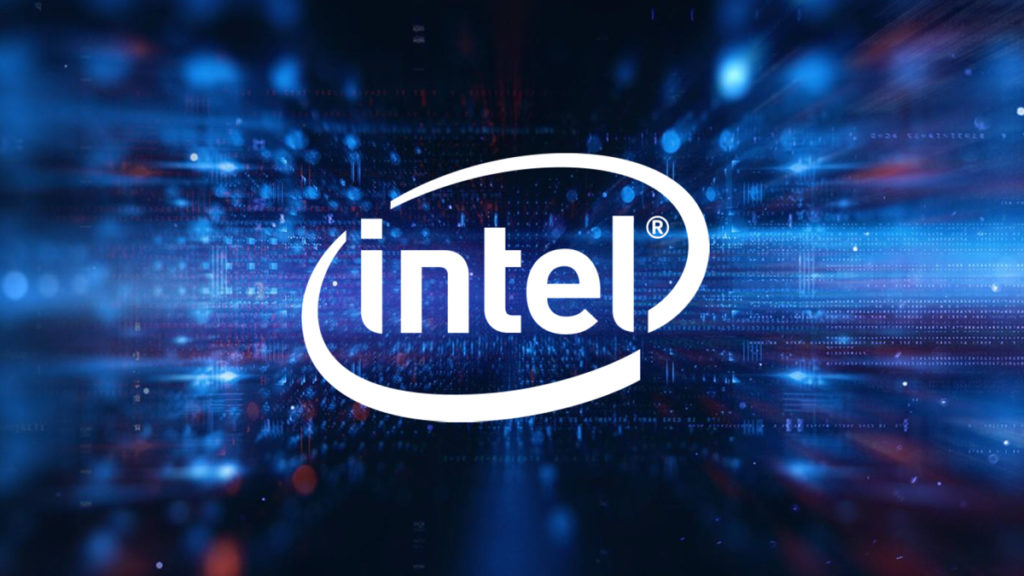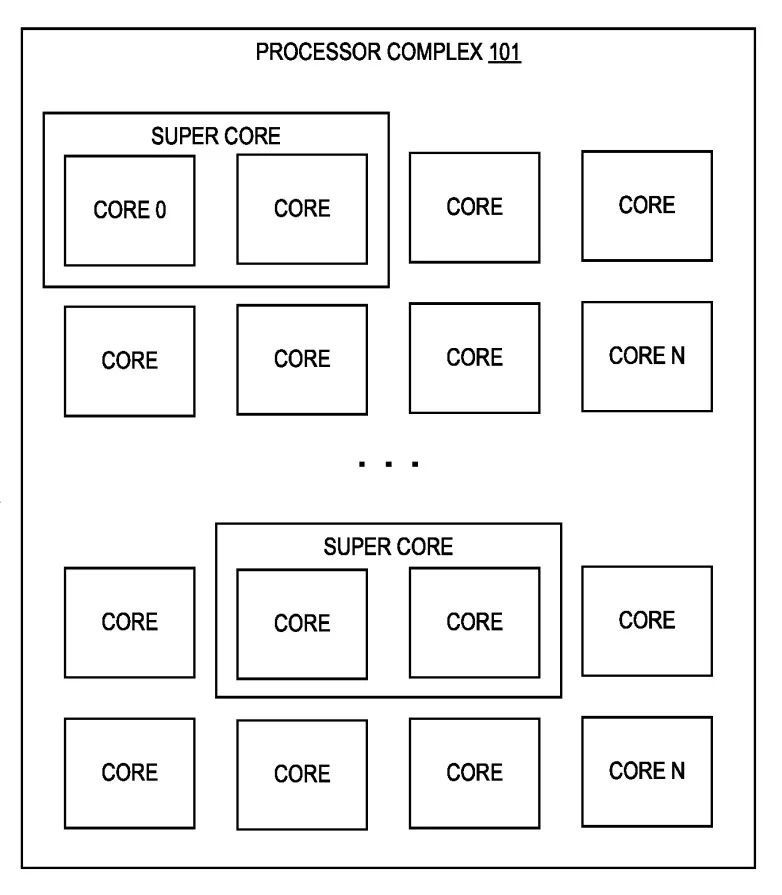
Intel has filed a patent for an interesting technique that would enable multiple cores to pair up via software management. Labeled as “Software defined super cores“, the 124-page patent filing details a process whereby multiple cores could work together as one in processing select instruction tasks.

Per Intel:
“Software defined super cores (SDC) seek to aggregate the Instructions-per-Cycle (IPC) capabilities of neighboring cores into a “super core.” A super core is a virtual construct grouping of two or more cores (in some examples, physically adjacent core) that are virtually “fused” such that they each run different portions of an application’s instructions, but retire the instructions in original program order. Thus, the virtually fused “super cores” gives to software applications and/or an operating system the semblance of being a single core.”
Intel further states that focusing on turbo clock boosts is an inefficient use of energy, and instead, SDC would be a more efficient approach. From reverse hyperthreading to speculation that this could be leftovers of Intel’s cancelled Royal Core project (Reddit via VideoCardz), folks are already guessing as to what form SDC will take. Of course, a big elephant in the room is how the software component needed for SDC would function, as there could potentially be major concerns regarding latency and scheduling. While it remains unknown exactly how SDC would mitigate this, Intel did share the following, further clarifying how SDC could function.
Per Intel:
“In some examples, a SDC software framework splits (or rather steers) a thread of a program such that each constituent core of the “super core” executes distinct blocks of the program simultaneously. SDC software can be run as part of a JIT compiler, a static compiler, and/or directly on legacy binaries requiring no recompilation. The SDC hardware component adds a small amount of hardware to each core (e.g., to a memory execution cluster) for faster memory communication across the component cores.”
Essentially, these fused virtual cores would share memory to complete their tasks. Intel claims this single-thread approach could deliver better performance per watt than traditional means. It’s also interesting that this patent has been filed as Intel has somewhat abandoned hyperthreading with some of its recent CPU offerings, as it continues to focus on its E-core/P-core architecture introduced with Alder Lake in 2021. It would be interesting to see how SDC would take advantage of these cores.
